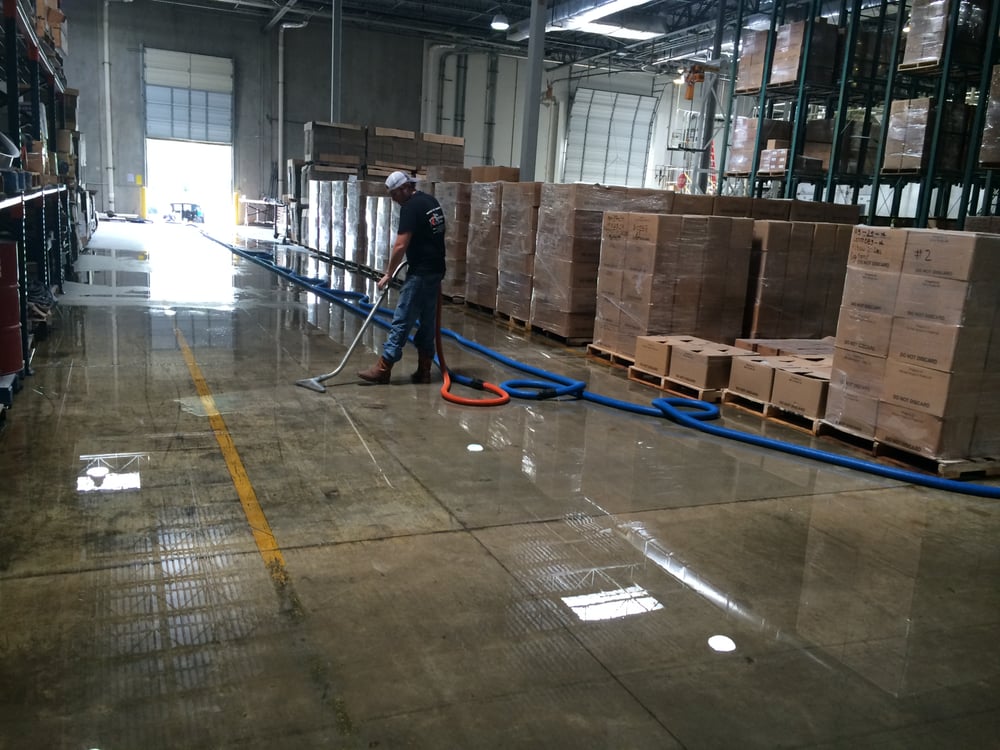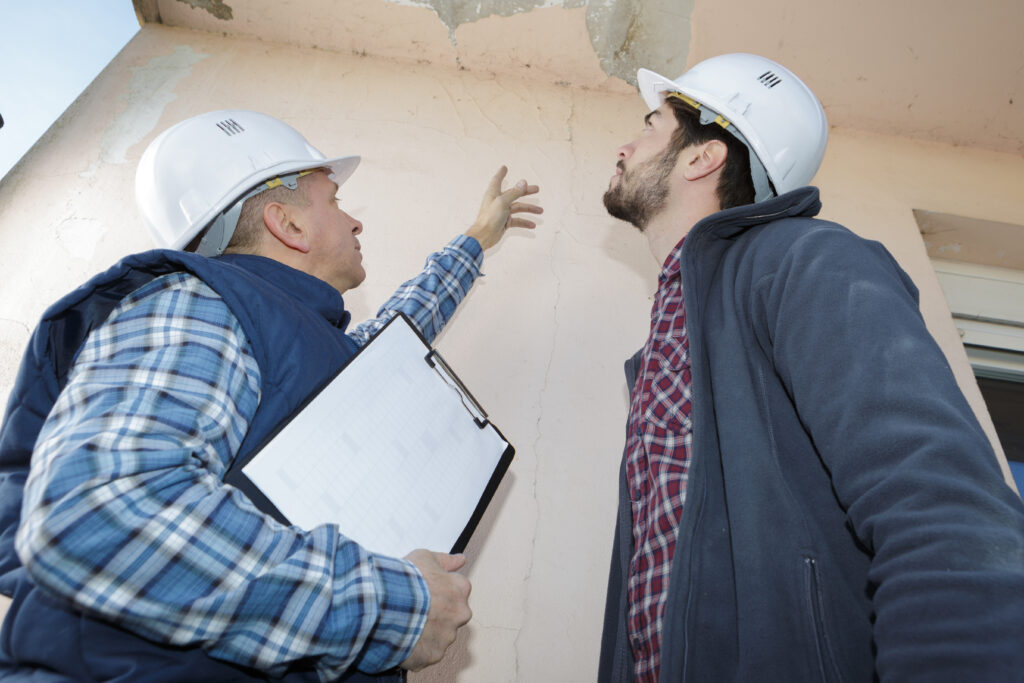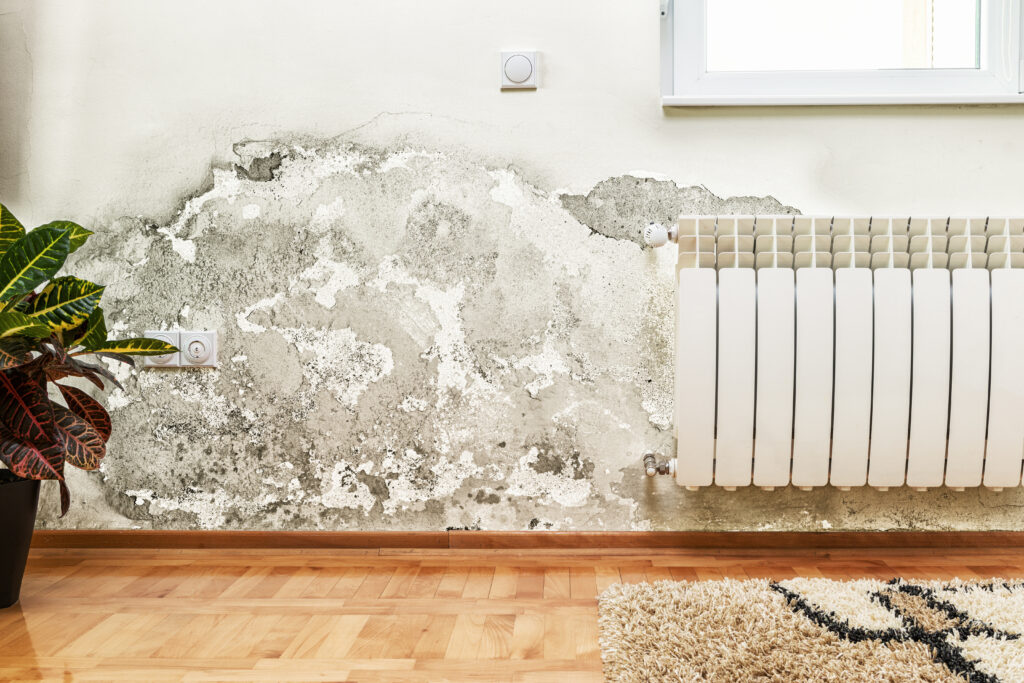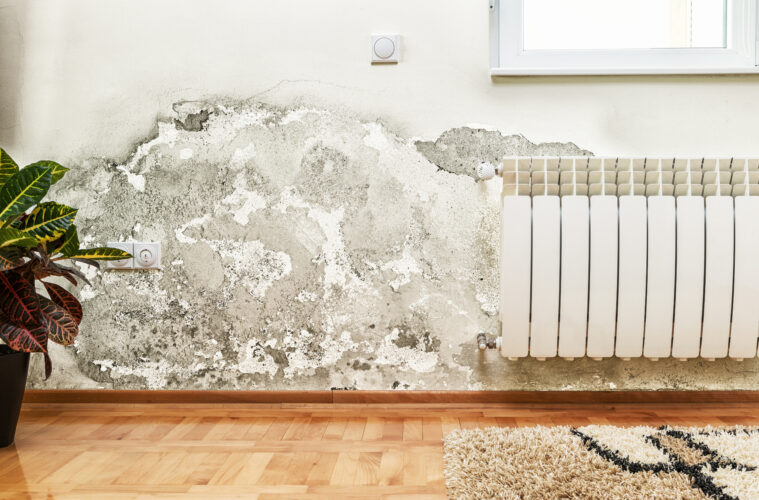Water is a widely available liquid that has many uses. Unfortunately, there are occasions it can be the source of your pain. Water damage can come about due to tremors, heavy rain, faulty plumping, or burst pipes. The extent of water damage can depend on the cause and duration to which water stays in contact with the various surfaces in your home.
Even though minor damages can be manageable and repaired on your own, most water damages may require you to call a restoration company. Professional companies like Total Restoration of Texas can help bring back the shine in your home before the water damage. Getting in touch with these companies early enough could reduce the extent of the damage as water can easily seep through surfaces.
The Restoration Process
During the restoration, the company removes water, repairs, and replaces materials that are too damaged. Generally, to restore your home to its habitable status, the restoration company does the following processes step by step.
Inspecting And Assessing The Damage

Restoration companies have special equipment like hygrometers and moisture detectors to get the extent of the water damage. This equipment helps them measure moisture and water content from which they can categorize the damage. The damage can be Class One if it’s minor and easy to fix or Class Four if it’s extensive and could take longer to restore. Class Four damage means water is so deep in the flooring, materials, and walls that it requires a complete overhaul. This class is also known as ‘bound water.’
Furthermore, while inspecting and assessing, the restoration experts also check the source and contamination level of the water. In so doing, they can determine under what category to classify the water contamination as per the three categories. These categories are clean, gray, or black water contamination.
For clean water, it means its source isn’t a great health risk. On the other hand, gray water can easily cause sickness if you touch or get it into your body system. This water can be from dishwasher and washing machines drainage systems or shower drains. Finally, black water means that the water poses an extreme danger and is hazardous. This water can be from toilet backflow or contains biohazards.
These inspection and assessment procedures are important for the restoration specialist to determine how to execute their next restoration step.
Removing The Water

After the inspection and assessment, the experts bring in the pumps and suction machines. These machines help them remove any standing water and suck from the floors and other home materials. Categorizing the contamination level of the water, per step one, helps the restoration specialists determine which machines to use and how to handle the water.
This step is key because as the water stays on the surfaces longer, it can cause molds to grow and further deteriorate the damage. After removing the water, the specialists run one more inspection and assessment. This re-run helps them determine moisture levels on the flooring and if they need to remove any carpet or wooden floors.
Drying And Dehumidifying The Surfaces
This process works on all the surfaces and materials that contain moisture. After removing the water, even though there may be no visible water, damp areas may still cause damage over time. Materials like wood can warp, and carpets may still grow mold. For this reason, restoration experts use dryers and dehumidifiers to attain a dry home.
This stage is a thorough process as the specialist need to ensure they can attain pre-damage dryness of your home. To achieve this dryness, they use their moisture detectors throughout the process.
The Cleaning And Sanitizing
At this stage, the restoration specialists remove all beyond repair materials, then thoroughly clean and sanitize your home. They can dry-clean, wet-clean, or spray and wipe the affected surfaces. They can also perform mold remediation, if necessary, for any materials affected.
It’s important to note that the restoration specialist would always wear personal protective equipment (PPE) through the four different steps. This is because each step involves handling or dealing with hazardous material that can cause bodily harm.
Full Restoration Of Your Home

Full restoration after water damage can take a few repairs here and there or can be a major undertaking depending on the damage extent. During this step, the restoration company works to give your home complete work over to get it to its pre-water damage state. This would involve replacing parts, repairing others, and giving them a good finish.
This final step can range from replacing wooden floors to repainting walls. Whichever restoration your home needs, the specialist can work on it.
Conclusion
Getting water damages on your home may be stressful and daunting. Therefore, if you get water damage in your home, it could be preferable to call a restoration company due to their expertise and experience. It can help relieve you of the stress of dealing with the damages yourself and can help ensure the proper restoration of your home.



